Differences in the vision of people with color blindness
Color Blindness Is A Hereditary Disease In Which A Person Is Unable To Distinguish One Or More Colors. But Contrary To Its Name, Rarely Does A Person With Color Blindness See The World Entirely In Black And White.
What is color blindness? At first, it is not harmful to learn a little more about this disease. Any person who has the gift of perfect vision may not be able to understand the condition of people with color blindness. Fortunately, a website called Color-Blindness.com has come to our aid and has seen the difference in the vision status of these people, which may be interesting for others to know.
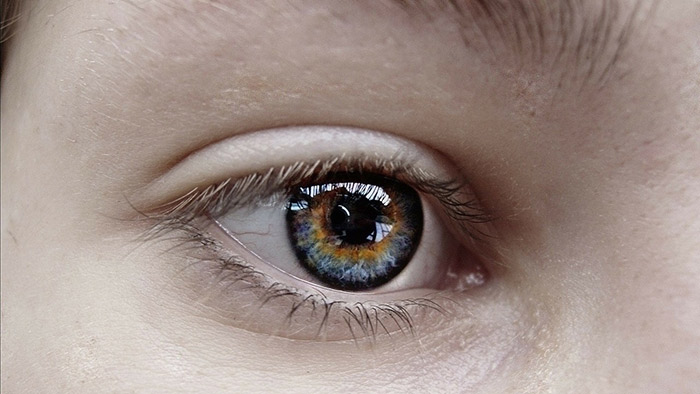
In the first place, the name color blindness may cause healthy people to misunderstand that the affected people cannot see all colors and see the world entirely in black and white. Still, more than 99% of people with this disease can see and distinguish colors. Are. People with color blindness have similarities and differences with each other that have completely changed their view of the surrounding world. Maybe that’s why the term “color vision deficiency,” or ” Color Vision Deficiency,” called CVD for short, explains this defect better.
According to the information provided on this website, about 0.5 percent of women (one in two hundred people) and eight percent of men (one in twelve people) have some form of color blindness.
Regarding this lack of color, we have seen some differences between the affected people, which is not a bad thing to share with you dear ones.
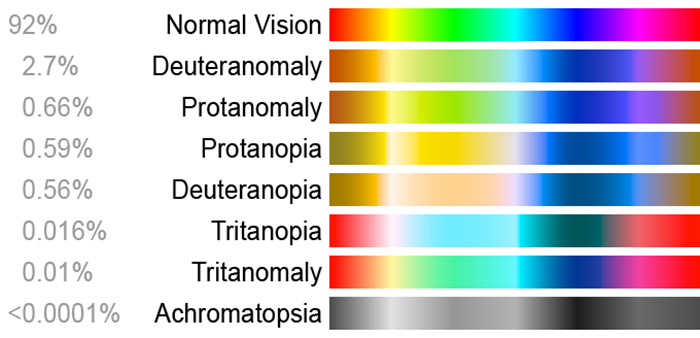
People with color blindness may belong to one of these groups.
Deuteranomalia or challenging green vision: These people generally see everything as pale.
Protanopia or red blindness: They see everything with a green tint.
Tritanopia or blue blindness: these people also see the world in green-pink colors
And finally, Monochromacy or monochromatic noses, who cannot see any color at all, and everything is black and white in their opinion. Of course, a tiny percentage of the world’s population suffers from color blindness.
You will understand this difference better by looking at some pictures.

This image shows the display of colors from the perspective of a person with healthy vision.

The most common type of color blindness is known as challenging green vision. People with this disorder are hardly able to distinguish green and red colors. About 4.63% of men and 0.36% of women suffer from this type of color vision disorder, many of whom did not even realize this problem.

Patients in this category see all colors as green and pink and generally confuse blue and green colors. This disease is one of the rarest types of night blindness; it seems that only 0.0001% of men and women have it.
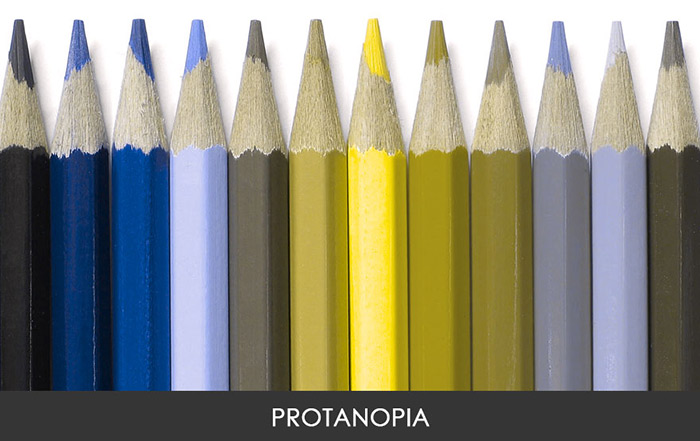
When a person with this form of color blindness sees all shades of green and red in a pale shape, this does not apply to the two colors, yellow and blue. In general, these people are primarily unable to distinguish the color red. Only about one percent of men experience this disorder.
Among the different types of color blindness, this is very rare and affects a very, very small population. When suffering from this disorder, the person cannot distinguish any color and sees the world entirely in black and white.
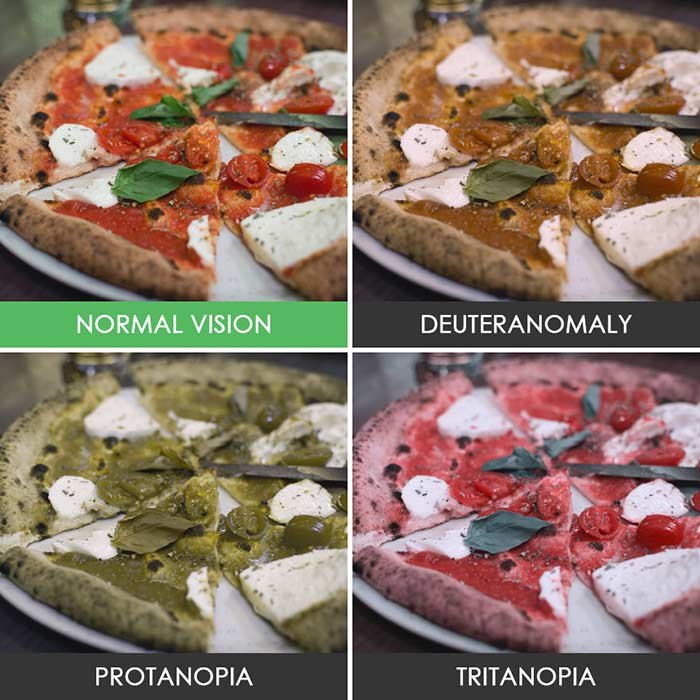
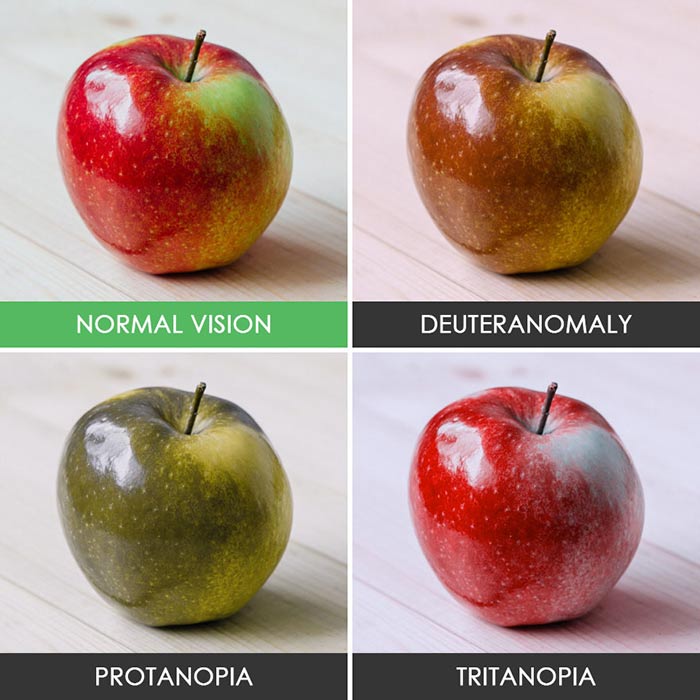
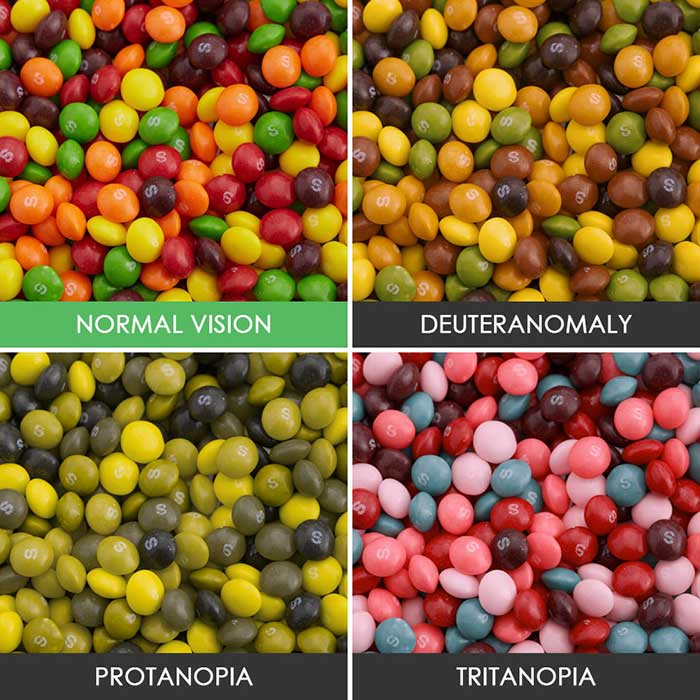

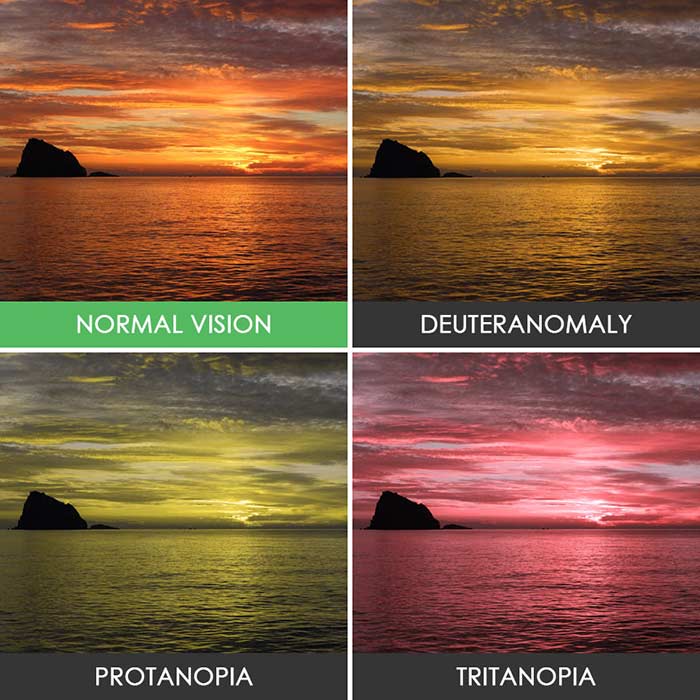




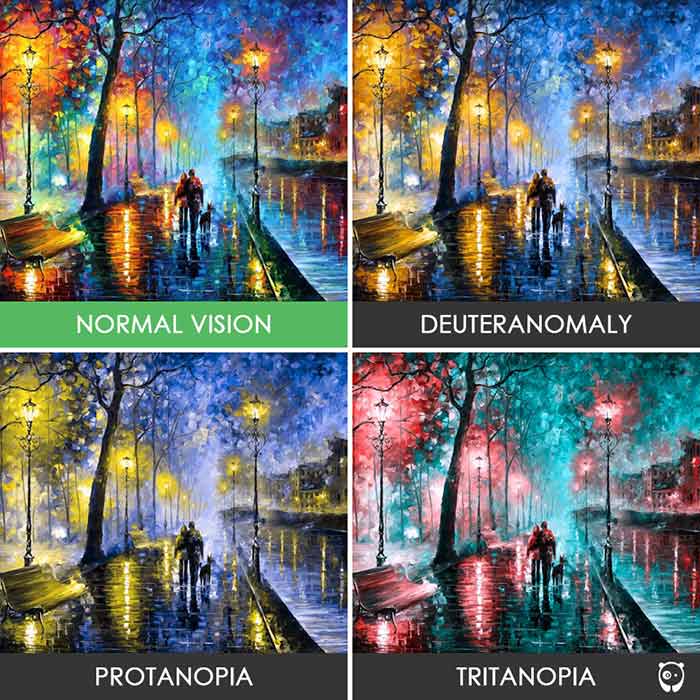

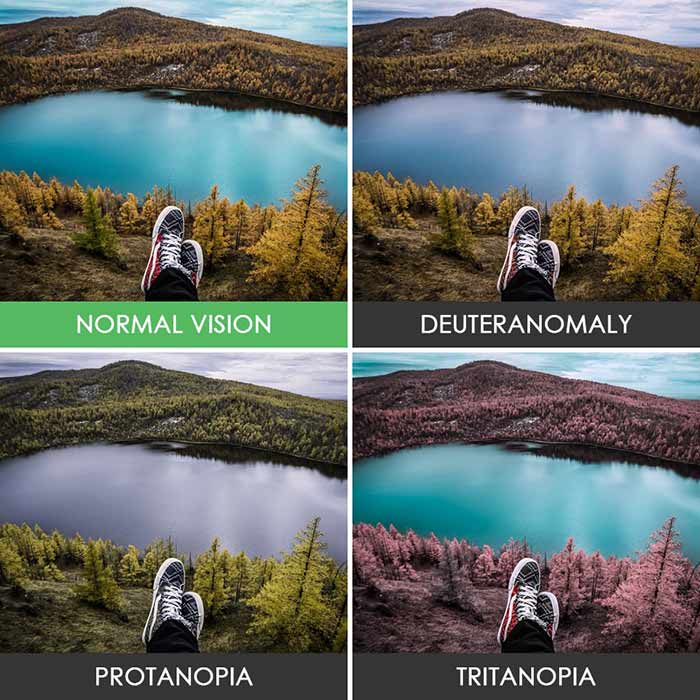

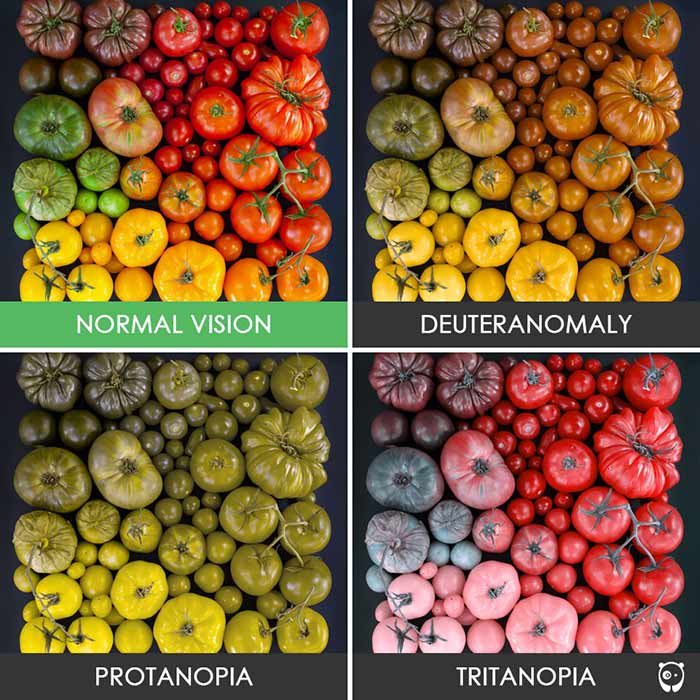

What do you think about these pictures? Did you know about these types of vision disorders?












